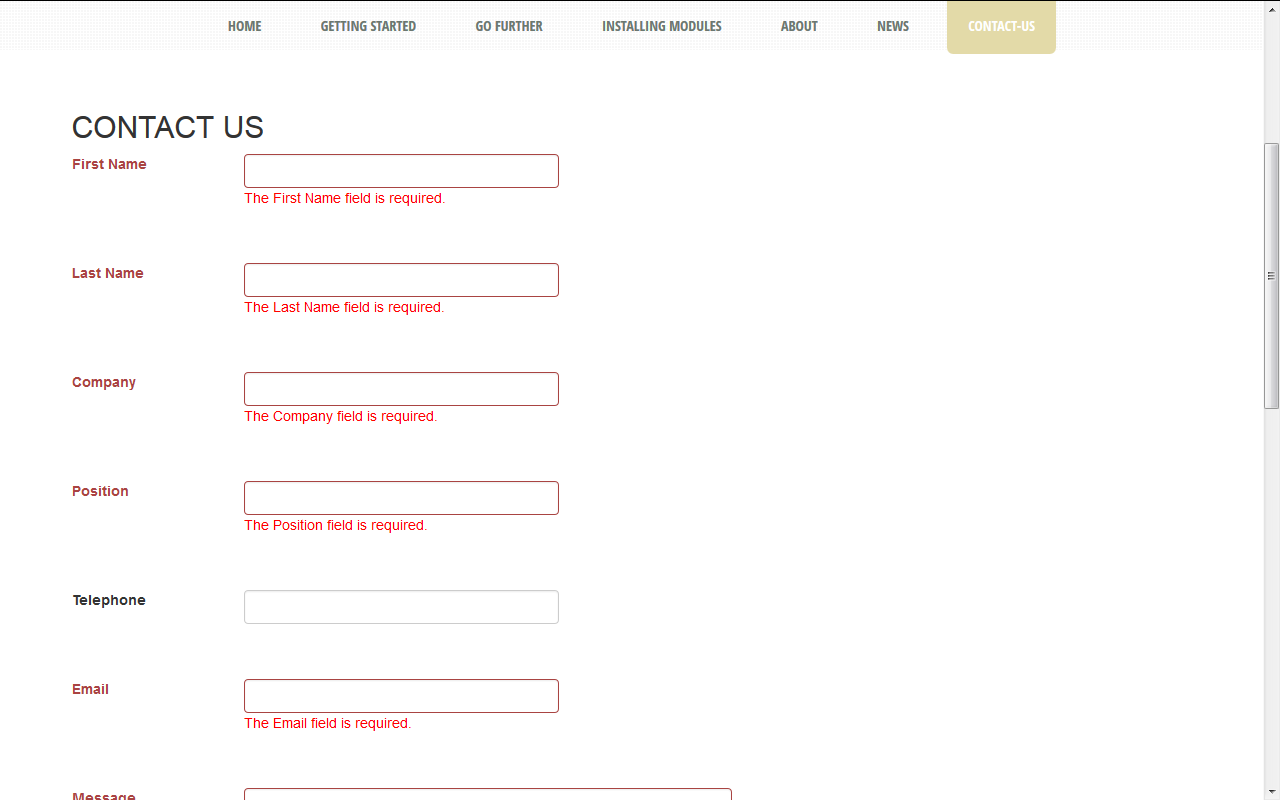Estimation and Assumptions 101
Published on
February 10, 2016
By Jim
Project Manager
In an agency environment, estimating and assumptions are a big part of the job for most of us. However, there’s always a tendency to try and get quick estimates, or the infamous “ballpark” when there isn’t time to thoroughly estimate a project. Given the frequent need for these quick-turn estimates, here are a few key things to consider when estimating and setting assumptions for web projects.
Hosting
Although hosting is often estimated separately from the actual web development costs, it can have a significant impact on the cost of the project, as well as many of the assumptions that will need to be made when estimating the project.
Are we currently hosting the website or is it hosted with another vendor? Will part of the project include transitioning from another hosting provider to ours? These types of questions will help to determine the development and testing process, as it could vary based on our access to the development, staging and production environments for the project. Finally, we need to consider site traffic at launch, as well as for any planned promotions, so that we can plan to develop the site so it’s able to seamlessly ramp up as traffic spikes and ramp back down when it returns to its normal traffic level.


CMS
Another major consideration for web projects is whether there’s a content management system (CMS) included in the scope. The hard costs alone can vary significantly among the many CMS tools that are available, so any existing client preferences or requirements should be defined up front so the related costs are considered as early as possible. Other CMS considerations include how much customization will be necessary to the chosen CMS tool, who will be responsible for entering page content through the CMS, the time and costs necessary to properly train the client on how to use the CMS, and the timing and process for transitioning site management from the development team to the client team.


Forms/Data Capture
Most web projects include at least one or two simple forms, so it’s important to understand the number of forms as well as the data that need to be collected by each of the forms. Key considerations include what we plan to do with the data that are submitted in each form, integration of proper error messaging in each form and whether we need to integrate an immediate or delayed response to the user once they’ve successfully submitted the forms.


Social Integration/Moderation
Will your web project include any type of social integration? If so, you’ll need to determine exactly what type of content you intend to display on your site, as well as the development costs and any external hard costs associated with integration.
Another major factor with any social integration project is moderation. Depending on how you integrate social media into your project, there’s a good chance that your client will need some level of moderation of the social content to ensure that all social messaging being displayed is positively impacting the client/brand. Many clients tend to underestimate the level of effort involved in social media moderation, so it’s important to bring this up early and often when social integration is being discussed. Then, the moderation processes and costs are not a surprise late in the game.
Assumptions
Regardless of the specific project that is being estimated, the odds are good that you or your team will have to make some assumptions during the estimation process. The more details you can confirm up front, the more accurate the estimate will be. However, it’s highly unlikely all details will be available at the time the estimate is being requested.
A vital part of the estimating process is setting assumptions in the event that some details are still not confirmed. Oftentimes when an estimate is being requested, there will be some aspects of the project that have not been finalized (hosting, CMS solution, form details or social moderation). To provide an estimate, the team that is putting together the estimate will have to make some assumptions regarding the unknown details, and then estimate against those assumptions.
The most important note here is that having the entire team (client included) aware of these assumptions up front will help make the entire project run smoother. As the project progresses, if any of the original assumptions change, the entire team should have a clearer group consensus of what’s changed and, more importantly, how the change will impact the original estimate. It’s much easier to bring up a change of scope (as well as the potential incremental time/costs it may add to a project) if the entire team is well aware when something has changed from the original assumptions.
This is just an overview of some key considerations when putting together an estimate and assumptions for a web project. Hopefully, it helps you the next time you’re asked to pull together a ballpark estimate, but keep in mind that this overview is only scratching the surface in terms of the many variables that you’ll likely need to consider. Good luck!